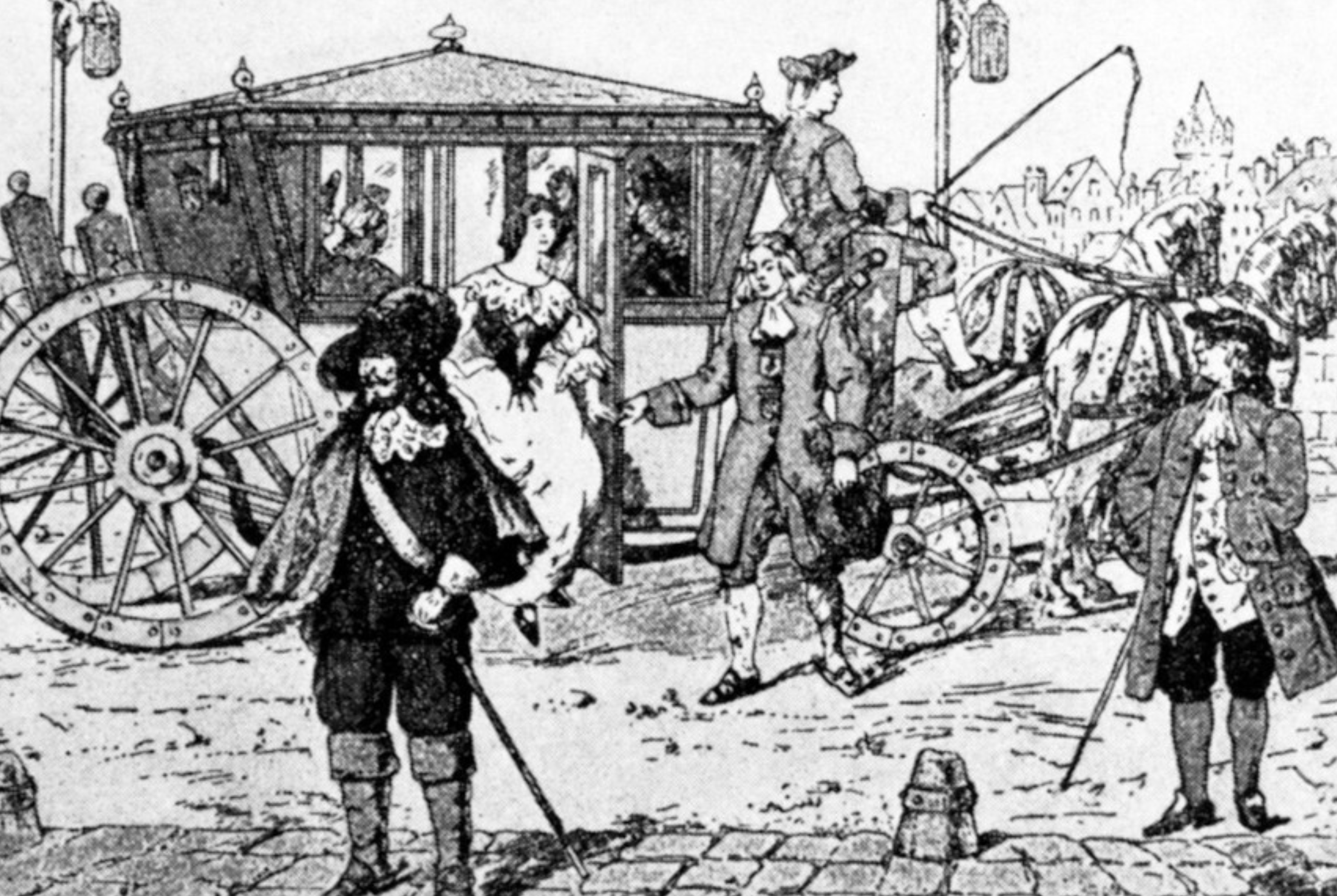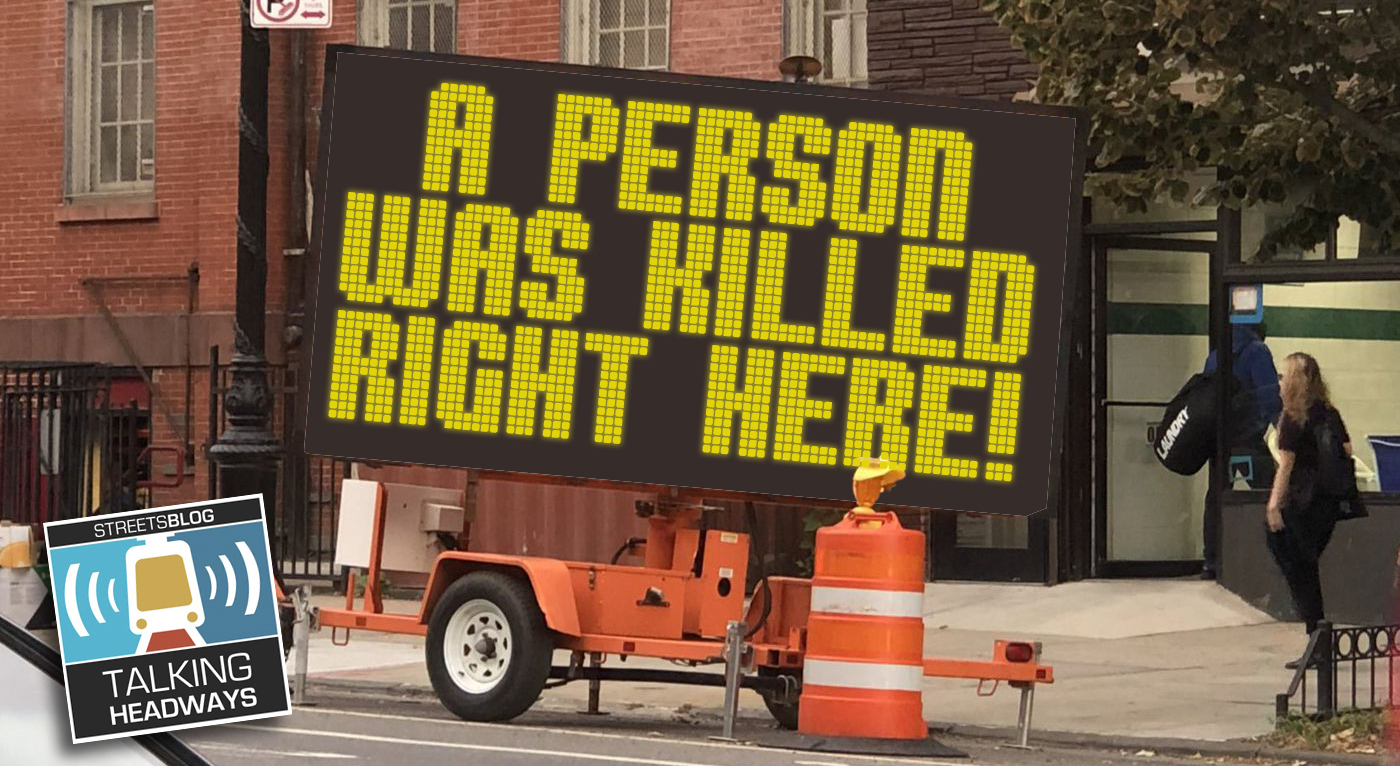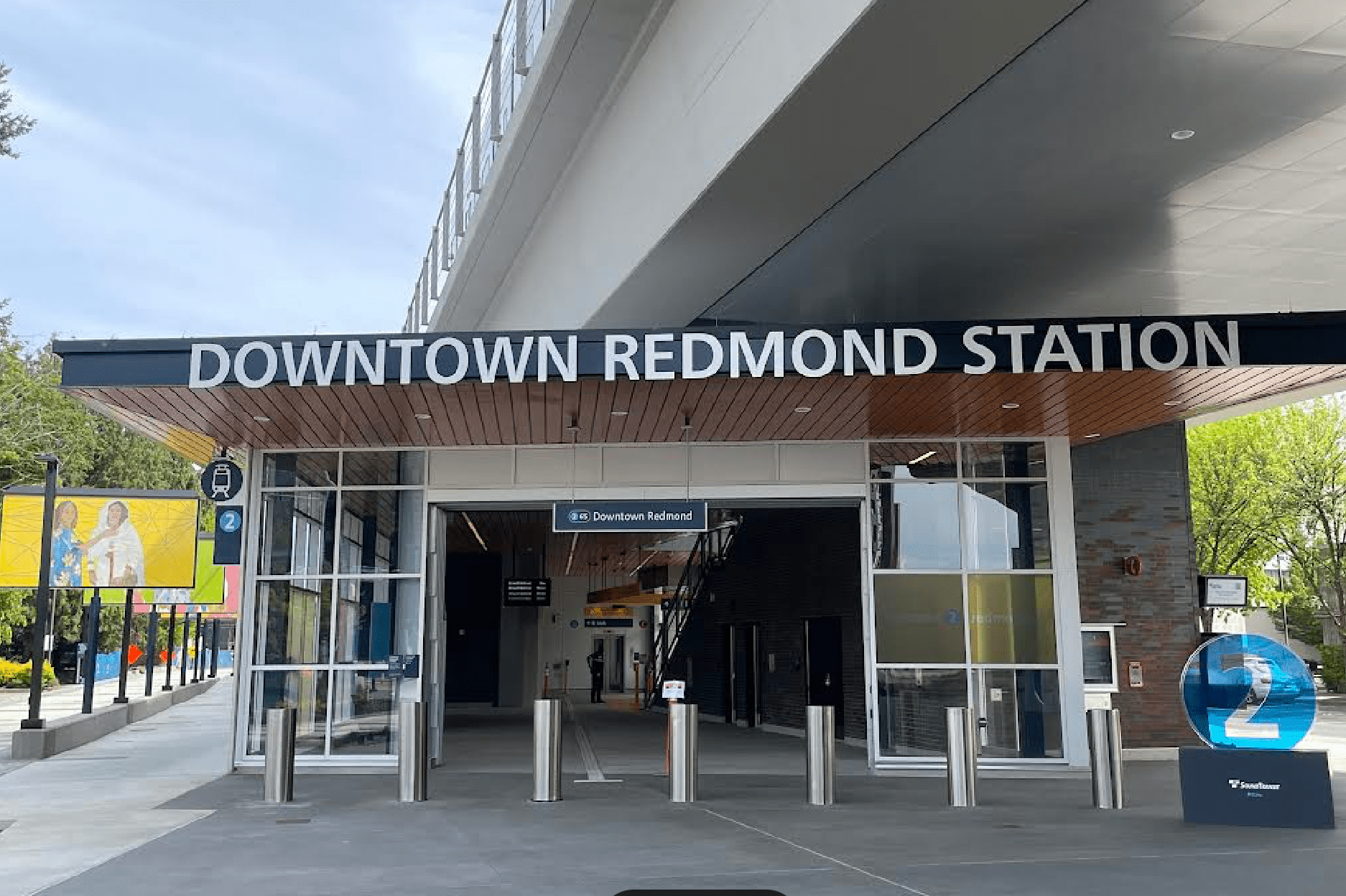It's been more than 40 years since the National Environmental Policy Act was enacted. In that time, America has built a lot of emissions-inducing, land-devouring highway infrastructure despite the environmental review process mandated by NEPA. It's fair to ask: When it comes to transportation infrastructure, does environmental review make a difference for the environment?
![The $1.1 billion expansion of SR 400 and I-285 in Atlanta was able to escape a larger environmental review process because of the finding it would have "no significant [environmental] impact." Image: GDOT](https://lede-admin.usa.streetsblog.org/wp-content/uploads/sites/46/2015/10/Screen-Shot-2015-10-14-at-2.51.01-PM.png?w=710)
To comply with federal environmental law, transportation agencies like state DOTs must hold a number of public meetings and produce a planning document, typically filling several hundred pages, before building a highway expansion.
Sometimes agencies can evade the full process. That's what happened with Georgia's $1.1 billion expansion of the interchange where I-285 meets SR 400 north of Atlanta, because the state asserted that the enormous project would have "no significant impact."
When it's that easy for agencies to build huge highway expansions that will fuel for sprawl and pollution, the environmental review process feels broken. Is it? And if so, can it be fixed? I reached out to two attorneys from the Southern Environmental Law Center for some context. Here's what they said.
Transportation agencies can game the system (but recent court cases may make that harder)
Brian Gist, an SELC attorney who focuses on Georgia, says there isn't a problem with the way the environmental laws are written per se. The problem is that transportation agencies can game the system based on how they define the "impacts" of a project.
For example, when transportation agencies conduct an air quality analysis, they often claim a road expansion project will be a net positive for the environment because the assessment assumes it will reduce congestion and idling. This overlooks the long-term effect of many road widening projects, which lead to more driving and wasteful land use over time.
"If you take a very narrow view, it’s very easy to come to a finding of no significant impact," said Gist. "It’s a question about where you draw the line about what impacts are attributable to this project."
A recent slate of legal decisions have pushed back on transportation agencies that play fast and loose with their analysis, says Gist, including the challenge of Wisconsin's $1.7 billion "Zoo Interchange" project. In that case, advocates successfully argued that the state had ignored the land use effects of the project -- specifically, that it was likely to promote sprawl -- and its impact on transit-dependent people.
The fix is in
Agencies are supposed to consider a range of options for a given transportation corridor before deciding what to build. But really, they know what they want to build all along, says Kym Hunter, an SELC attorney who focuses on North Carolina. What she sees almost uniformly is transportation agencies deciding what project they prefer and then cooking the books, more or less, to promote that outcome against the other options they are forced to consider.
Hunter cited the Monroe Bypass project, a proposed $900 million, 20-mile toll road outside Charlotte, North Carolina.
"What the law requires is for them to look at the bypass and for them to look at other alternatives," she said. "But they go into the process knowing that they want to create the bypass. The first thing they do is create these forecasts of traffic for the future. They make it look like only by building this bypass are you going to be able to do anything about congestion."
For instance, traffic flows at 40 mph on the road today, but NCDOT says that in the future it will slow to 20 mph.
"To get to those forecasts, they use this assumption that growth just continues regardless of this congestion," she said. "They’re basically just assuming in their modeling that the infrastructure exists to keep up with that growth."
In that case, SELC sued and a court ruled in 2012 that the state had failed to consider the potential impact of the road in promoting sprawl.
Hunter said there is also a discrepancy between what these agencies say in the "political realm" and what they say in formal reporting to the federal government. They might tell the public that the project will spur growth, but in official documents, they will deny the project will have any impact on the location or quantity of development.
"They say, 'Look, all this growth would happen even if you didn’t build the road. Even though we expect that this area is going to grow massively in the future, we're saying this is not attributed to this road,'" she said. "It’s kind of this circular logic."
Public input is mostly for show
There isn't much of a role for the public to play if the state agency starts out with a plan and uses the environmental review process to justify it, Hunter says.
When advocates pushing for an alternative to road expansion realize the agency has already made up its mind, they often give up. When they do persist in trying to affect the project, they are at a big disadvantage, Hunter says.
Part of the problem is that environmental review statements are "opaque and highly technical documents." Buried deep within these reports are the dubious assumptions about pollution, traffic, and sprawl that courts have recently shot down. Because these assumptions might only show up in traffic or air quality forecasts, for example, they can be nearly impossible for an ordinary person to identify.
To make matters worse, it can be hard for outside groups to find an expert engineer to help, because alienating the state DOT could be bad for business. In some cases, where an engineer has challenged state assumptions, the DOT has retaliated.
In 2013, advocates in Oklahoma City, including a City Council member, attempted to challenge the state's decision to replace a segment of I-40 near downtown with a highway-like road. The group urged the state to consider reestablishing the street grid instead, and the Federal Highway Administration got involved, forcing the state to consider the grid. But not surprisingly, the state ultimately used its authority to reject that option and move ahead with the surface speedway plan.

Federal approval is basically a rubber-stamp
The Federal Highway Administration very rarely intervenes to stop a project based on faulty projections or other technical aspects of an environmental review.
"FHWA has said if NCDOT wants to build a highway, their role is to help them make that happen, they’ve said that very expressly," said Hunter. "I have seem them starting to get a little more involved in that review, especially when they anticipate that there might be litigation."
Ultimately, unless projects are successfully challenged in court, flawed environmental impact statements are not likely to face much of a challenge from the FHWA, Hunter said.
There are a few reasons the feds tend to just go through the motions. For one thing, FHWA regional offices don't have the capacity to unpack all the forecasting and assumptions in an EIS, Hunter said. In addition, it can be politically thorny for federal agencies to challenge the work of state DOTs, particularly when states have the backing of powerful business and construction interests.
FHWA could step in without getting too entangled in individual project approvals, Hunter suggested, by issuing guidance about how to conduct the contested aspects of environmental reviews.
"There are standard practices used by these consultants and used by state DOTs that basically have these assumptions embedded that a lot of courts have rejected," she said. "I think that there could be more guidance or rules to make sure those assumptions are at least being checked."
Ultimately, however, Hunter thinks any reforms will be of limited value as long as state transportation agencies continue to develop projects with a predetermined outcome in mind -- and, she says, they almost always do.






